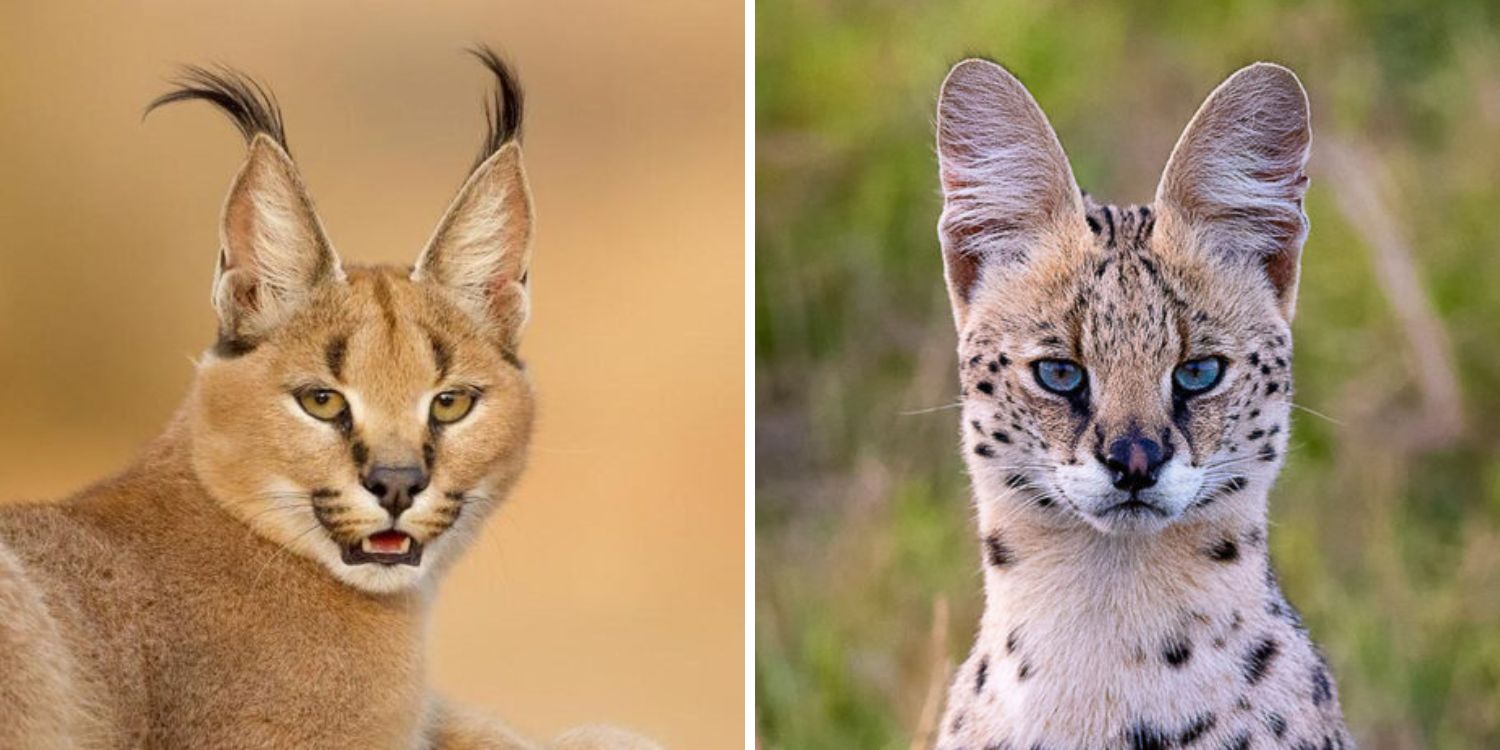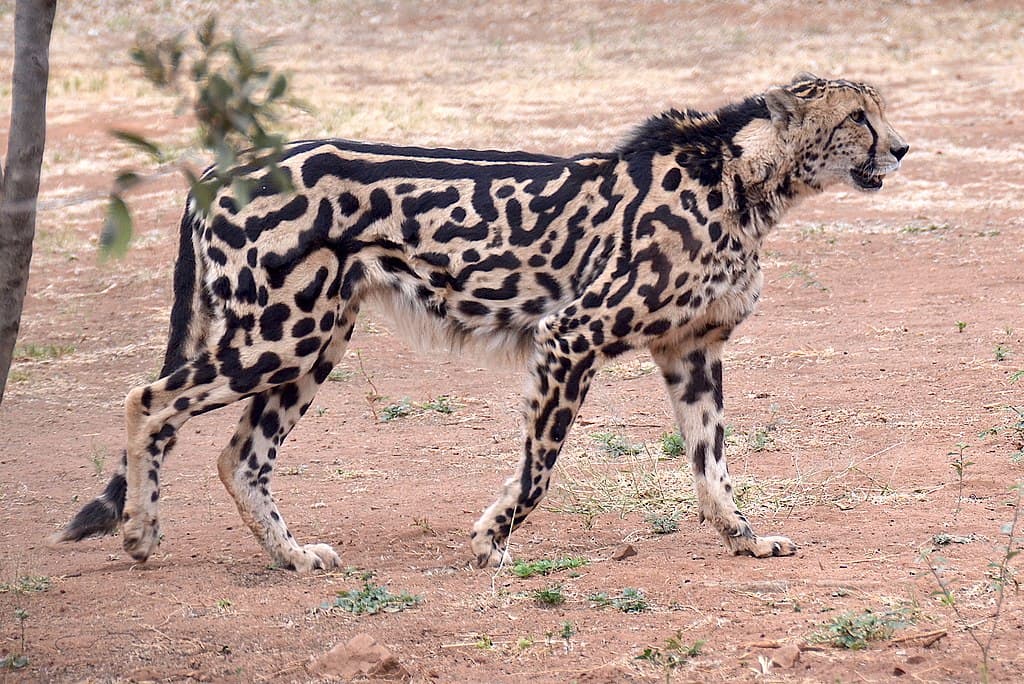
At first glance, the names ringtail and ring-tailed lemur might seem like they refer to the same animal. After all, both have long, striped tails and are small, furry mammals. But don’t let the similar names fool you—these are two completely different creatures that live worlds apart, both literally and biologically.
Let’s clear up the confusion and take a closer look at what sets these two unique animals apart.
Meet the Ringtail (Bassariscus astutus)

- Where it lives: Southwestern United States and Mexico
- Habitat: Desert canyons, rocky outcrops, forests
- Family: Procyonidae (raccoon family)
- Size: About the size of a house cat
- Behavior: Nocturnal, solitary, agile climber
Often called the “ringtail cat” or “miner’s cat,” the ringtail is a North American mammal known for its large eyes, long bushy tail with black-and-white rings, and incredible climbing ability. Despite the nickname, it’s not a cat at all—it’s actually a close cousin of the raccoon.
Ringtails are quiet, elusive, and active at night. They’re expert hunters of insects, rodents, and birds, and they’ve adapted well to dry, rocky habitats where they can slip into crevices and scale steep cliffs with ease.
Meet the Ring-Tailed Lemur (Lemur catta)

- Where it lives: Madagascar (and nowhere else!)
- Habitat: Dry forests, scrublands, rocky terrain
- Family: Lemuridae (a type of primate)
- Size: Slightly smaller than a house cat
- Behavior: Diurnal (active during the day), very social, lives in troops
The ring-tailed lemur is a primate and part of the lemur family—a group of animals found only on the island of Madagascar. These lemurs are famous for their 13-ring tails, expressive faces, and upright sunbathing poses.
Unlike the solitary ringtail, ring-tailed lemurs live in large, female-led groups and spend time both on the ground and in the trees. They’re diurnal, which means they’re active during the day, and they communicate using vocal calls, scents, and body language.
Key Differences at a Glance
| Feature | Ringtail (Bassariscus astutus) | Ring-Tailed Lemur (Lemur catta) |
|---|---|---|
| Location | North America | Madagascar |
| Classification | Mammal (not a primate) | Primate (prosimians) |
| Tail | Bushy with black and white rings | Long, slender with 13 black and white rings |
| Activity | Nocturnal | Diurnal |
| Social Behavior | Solitary | Highly social (female-led troops) |
| Climbing Ability | Excellent climber | Climbs and walks on ground |
| Diet | Omnivore (insects, rodents, fruits) | Omnivore (fruits, leaves, flowers) |
| Related To | Raccoons, coatis | Other lemurs, distant from monkeys and apes |
Why the Confusion?
The biggest reason for the mix-up is the similar-sounding name and tail pattern. Both animals have ringed tails, which is where the similarity ends. The term “ringtail” describes a feature, not a family—so while both animals have ringed tails, they don’t share much in terms of biology, behavior, or habitat.
Final Thoughts
Ringtails and ring-tailed lemurs may look alike at a glance, but they are examples of convergent evolution—when different animals evolve similar traits due to similar environmental pressures. Their striped tails may help with balance, visibility, or communication, but their family trees are far apart.
Next time you hear someone mix them up, you’ll be ready to set the record straight—and share a fun fact or two!
Fun Fact: Ringtails are more closely related to raccoons than to any primate, while ring-tailed lemurs are part of the same extended group that includes humans—just much further down the evolutionary branch.
Disclaimer: This blog post is for edutainment purposes only and may not be entirely accurate.






